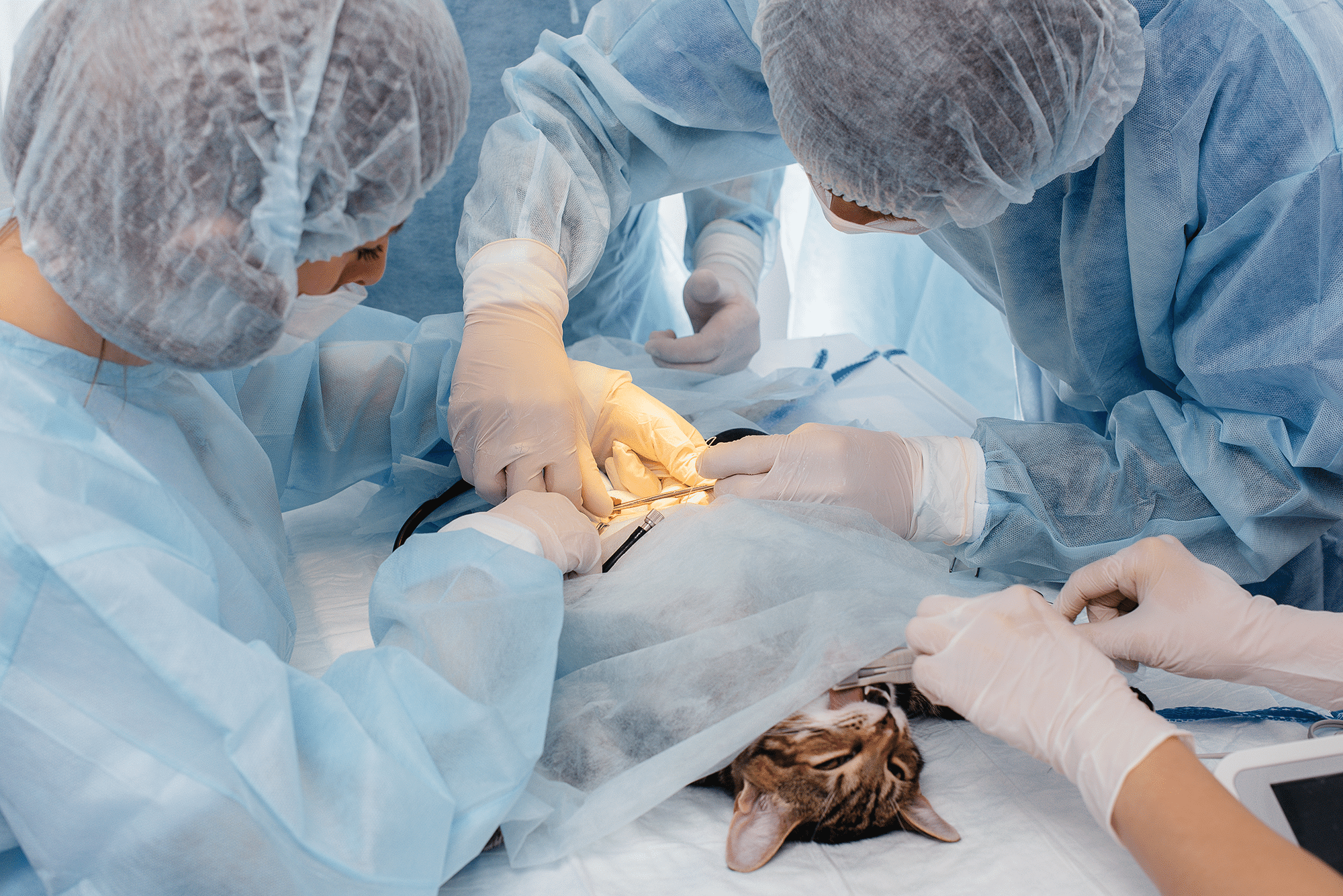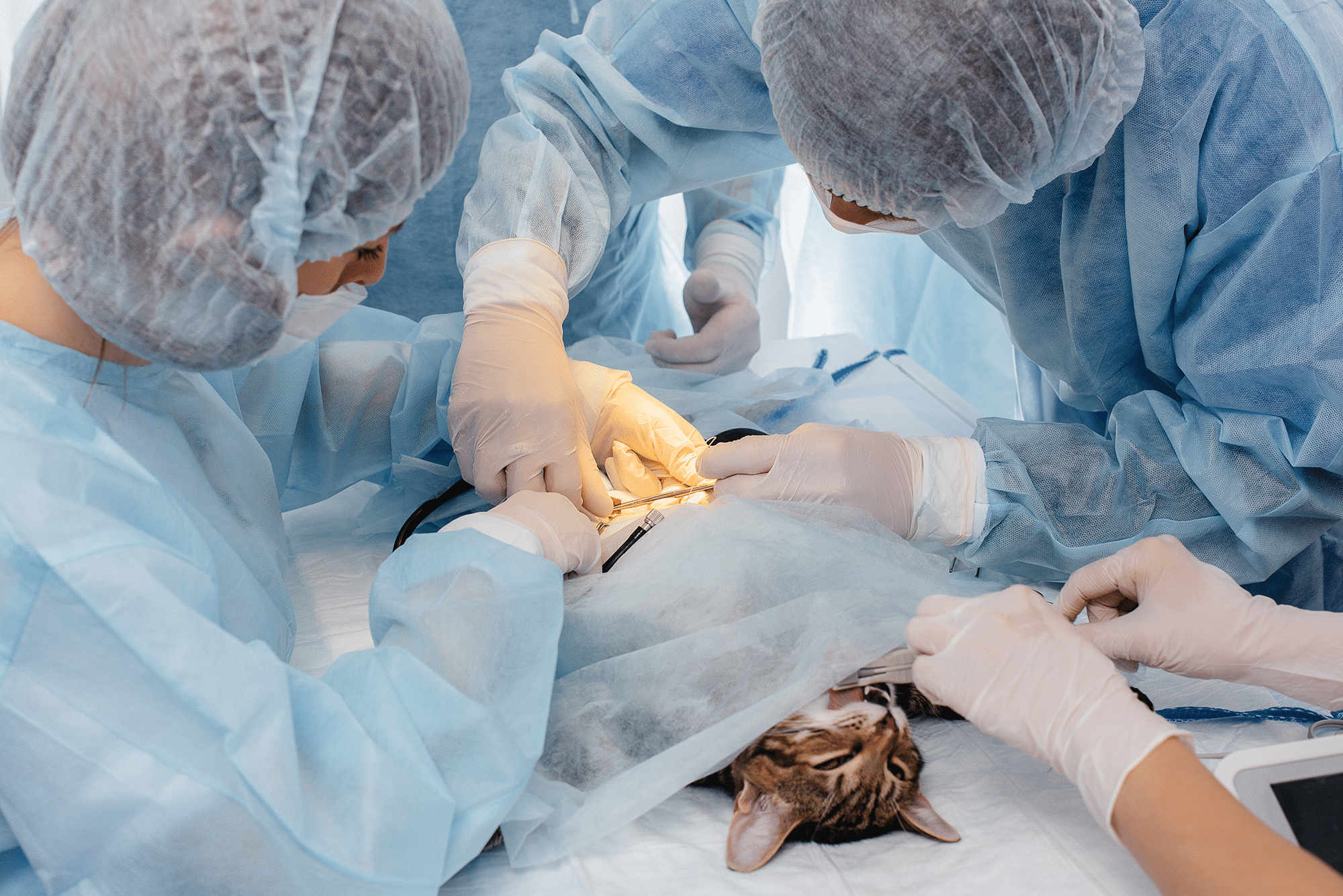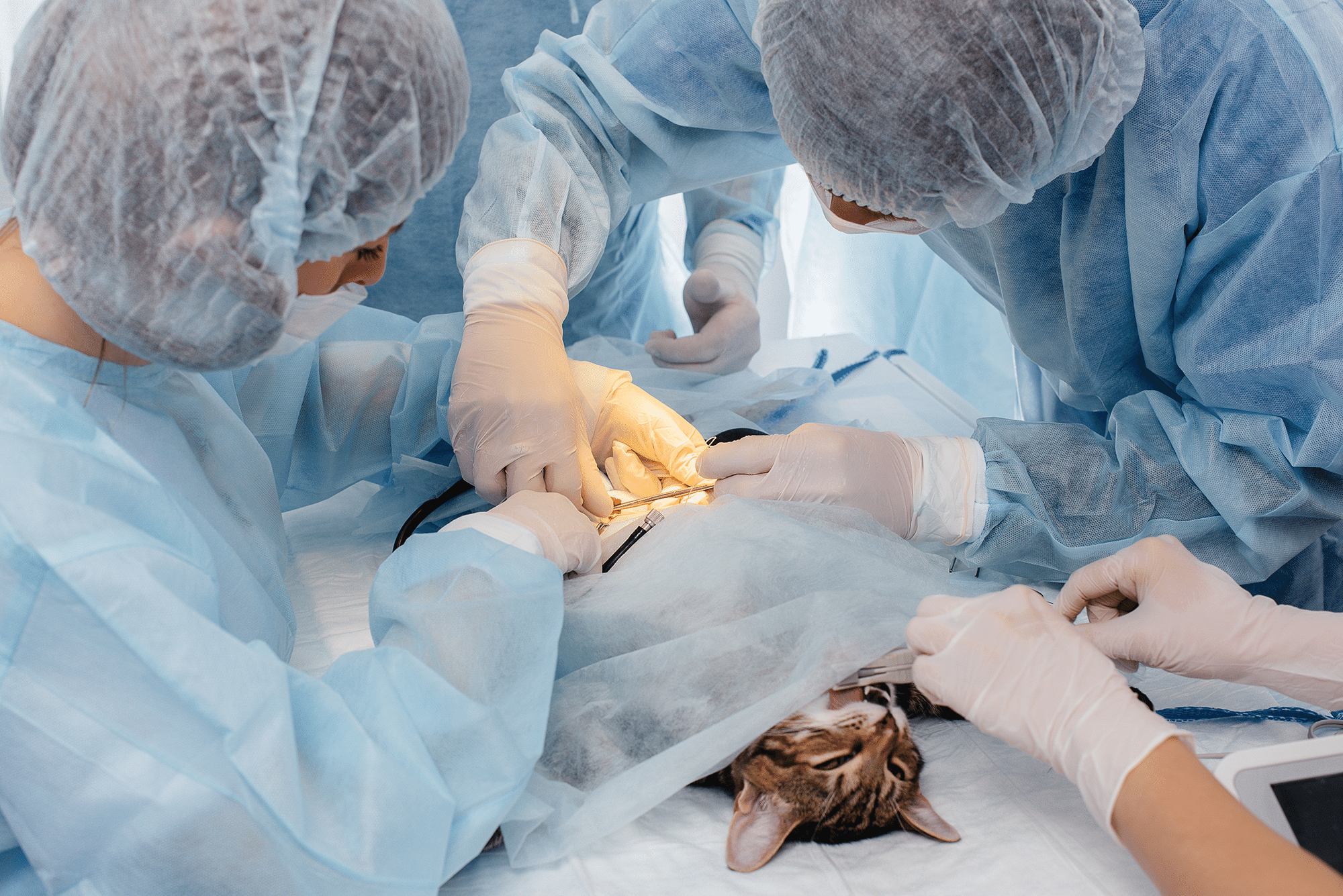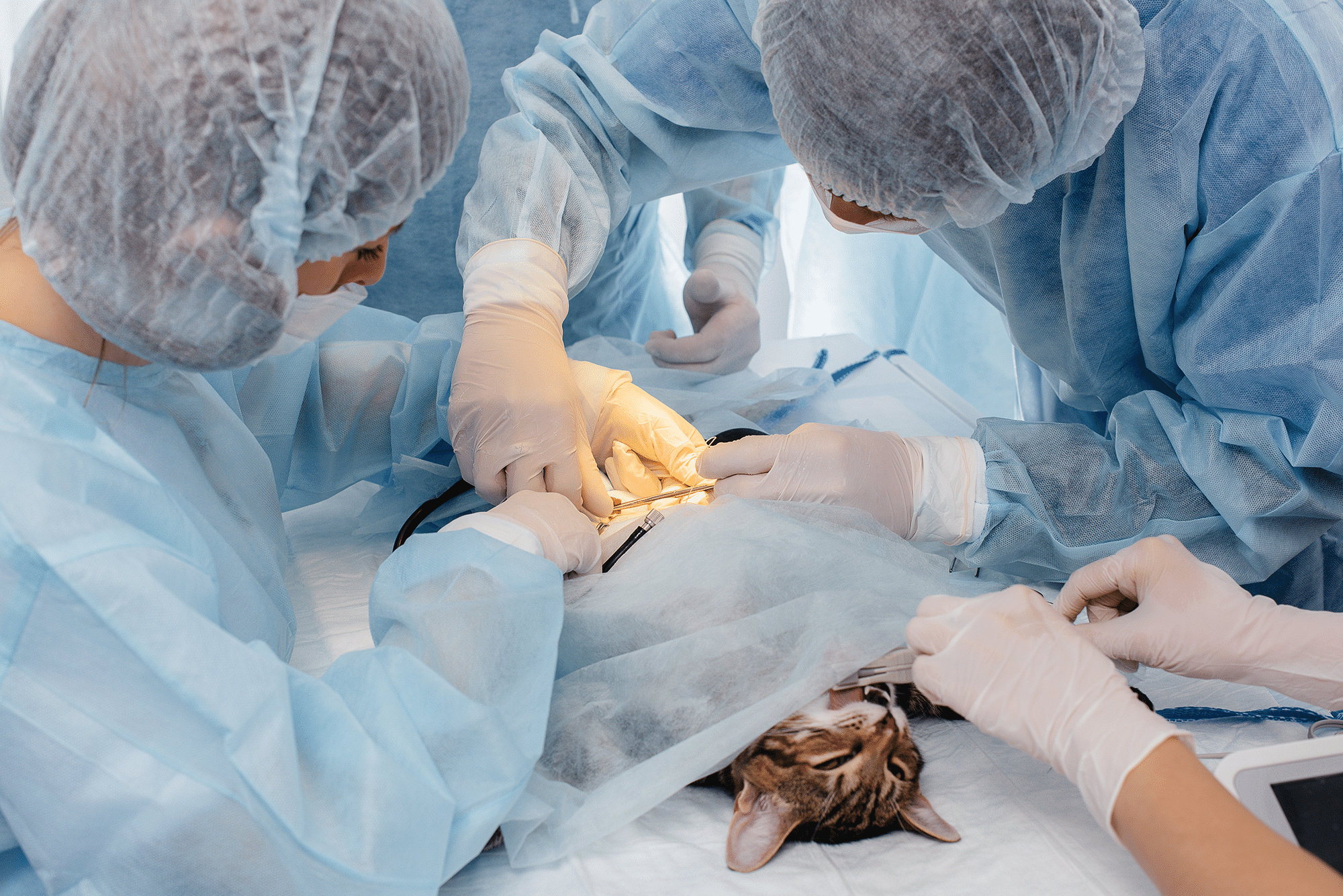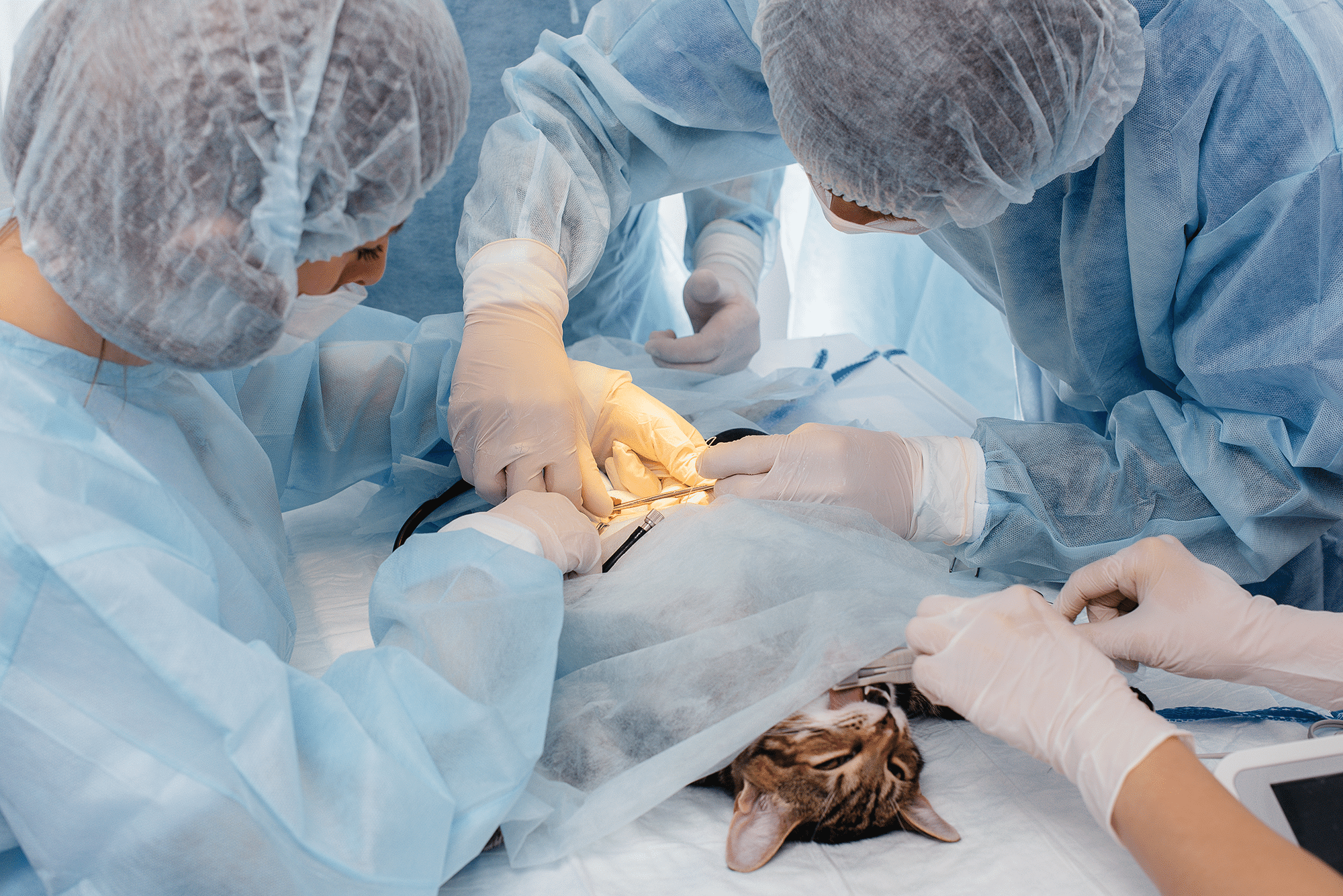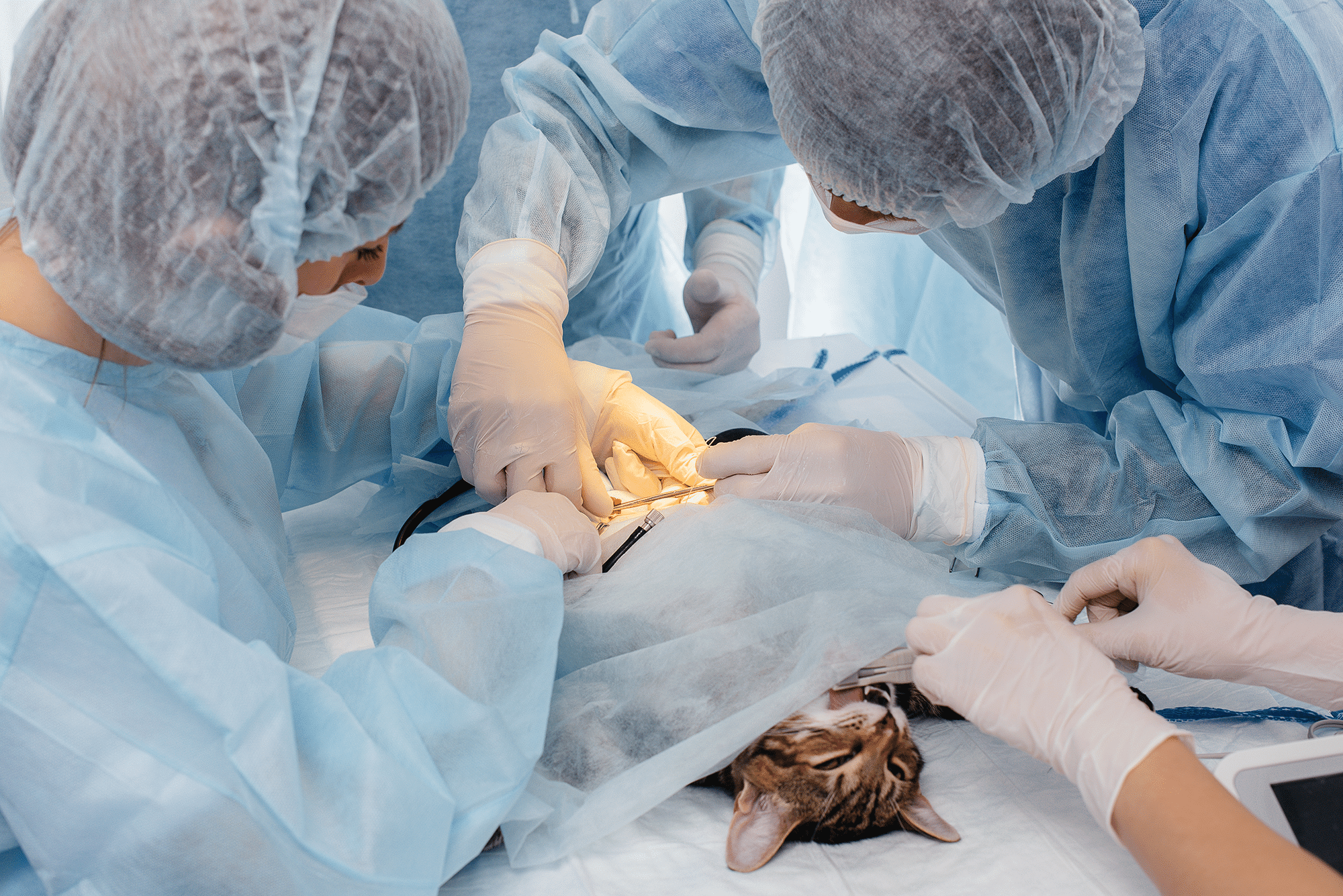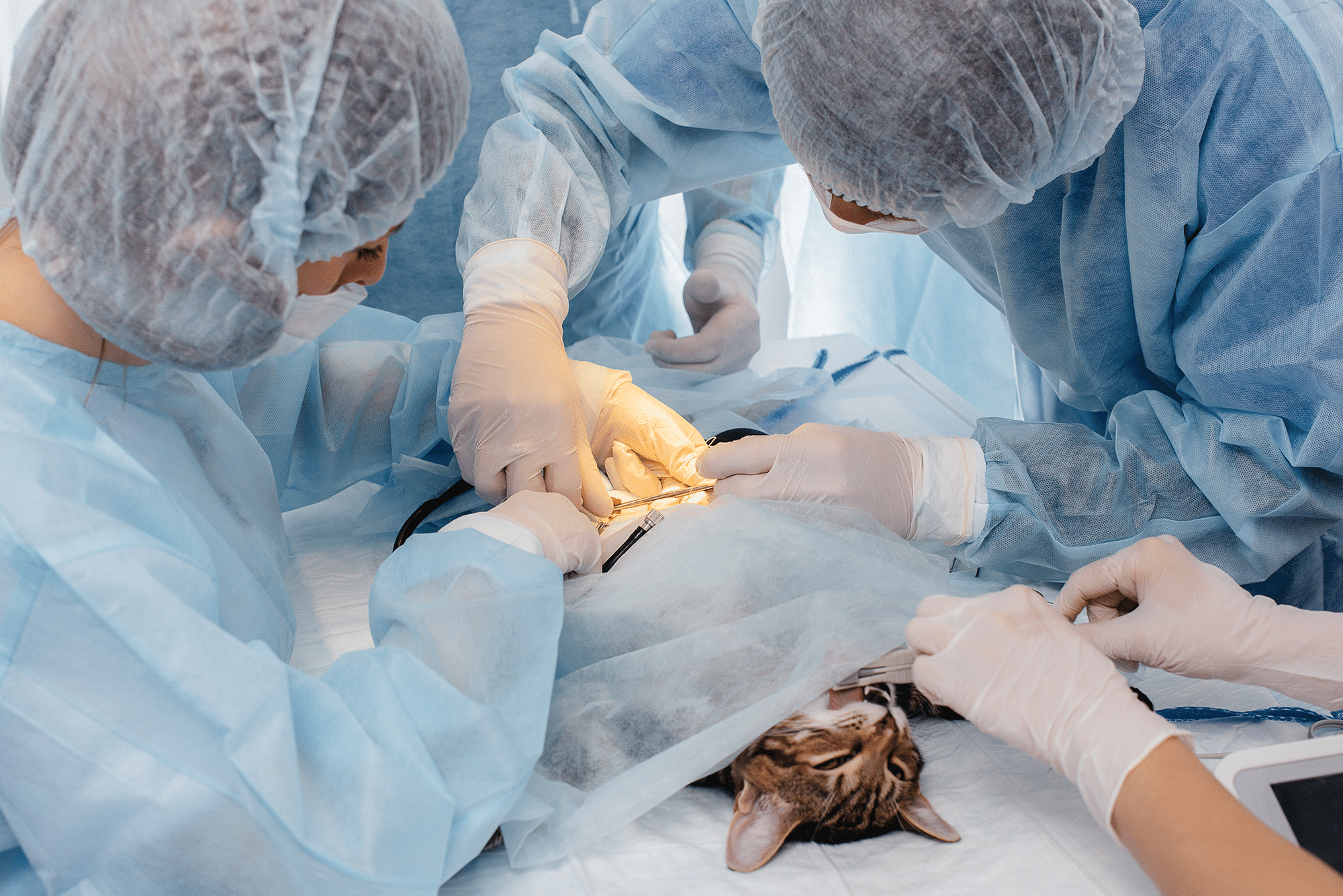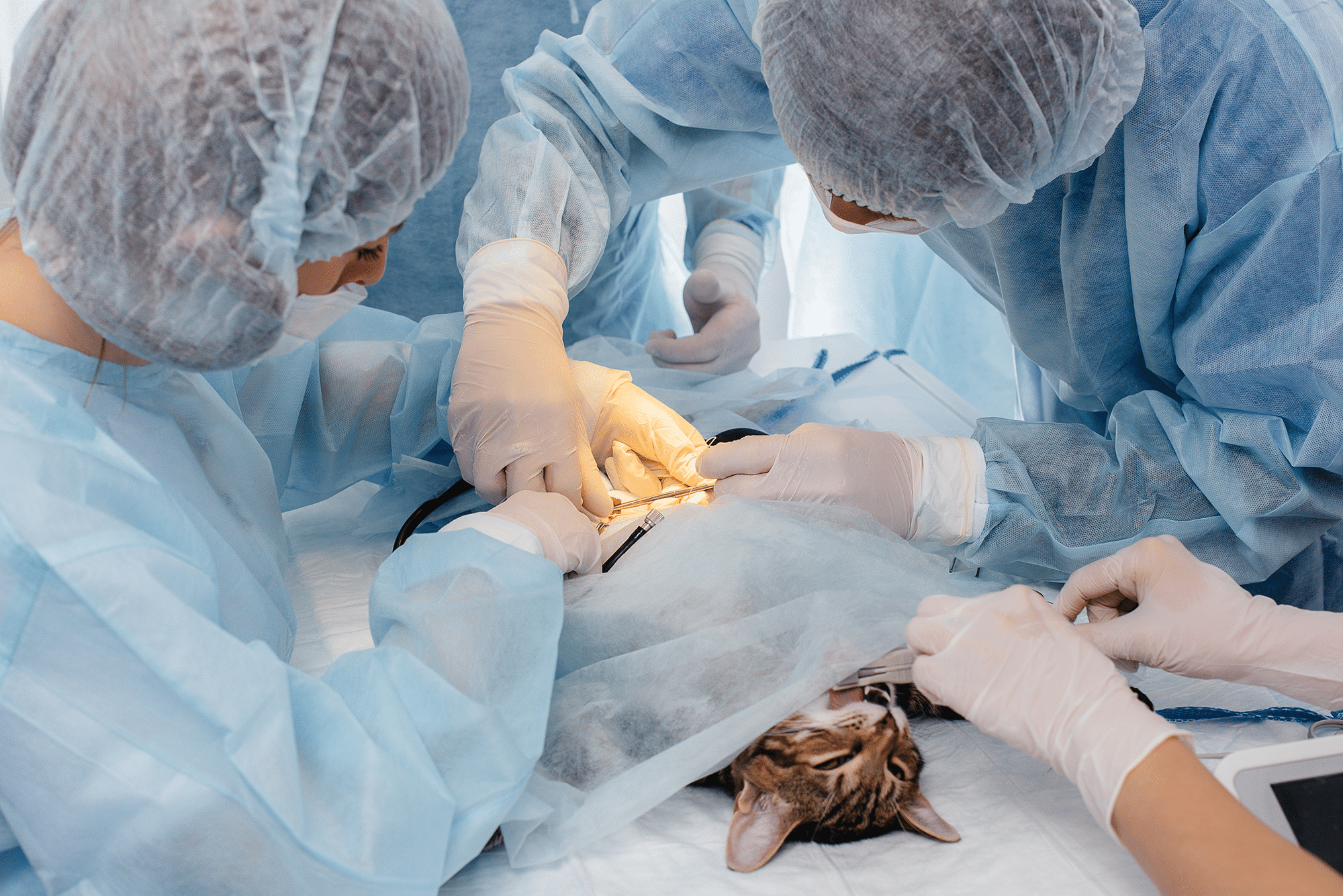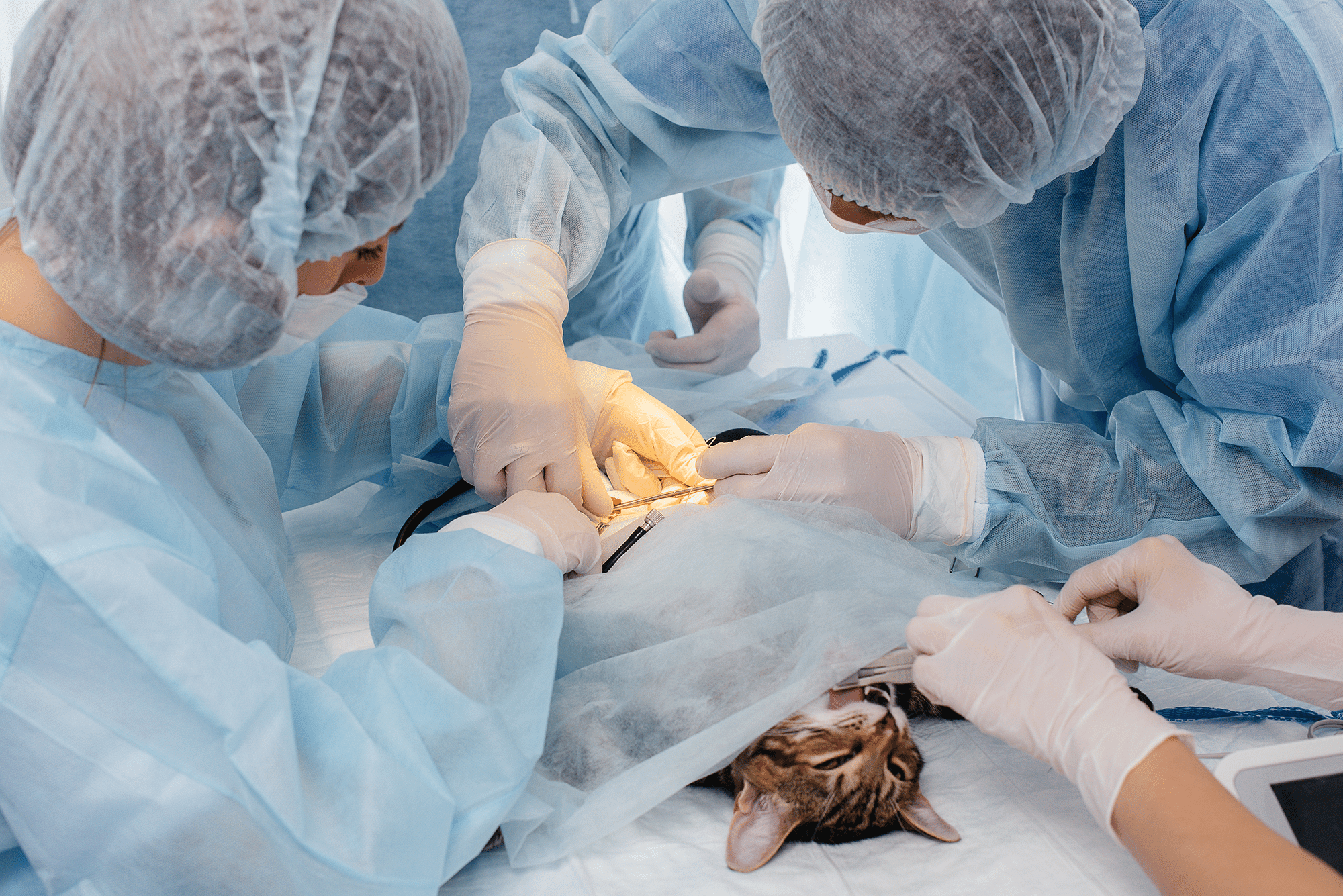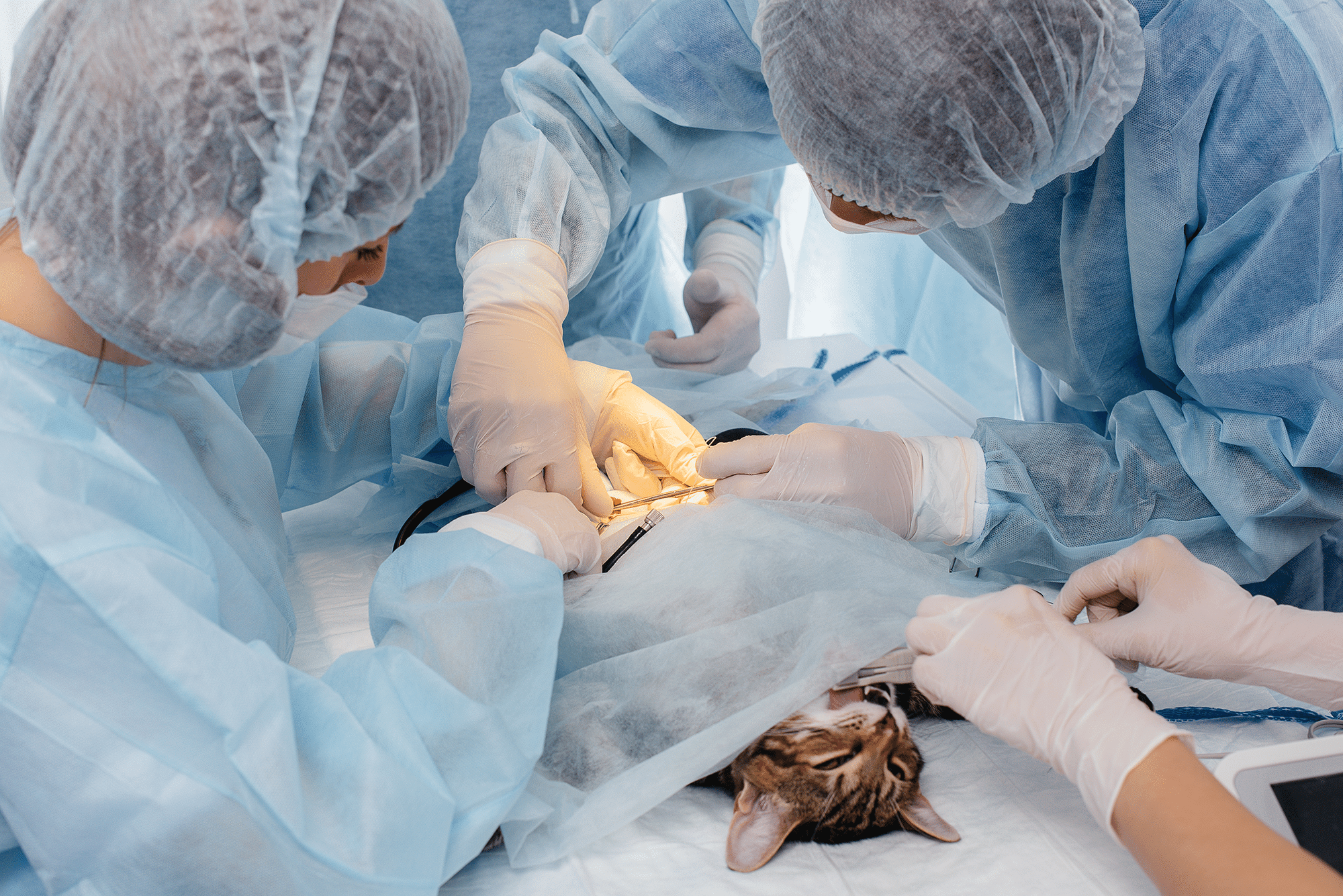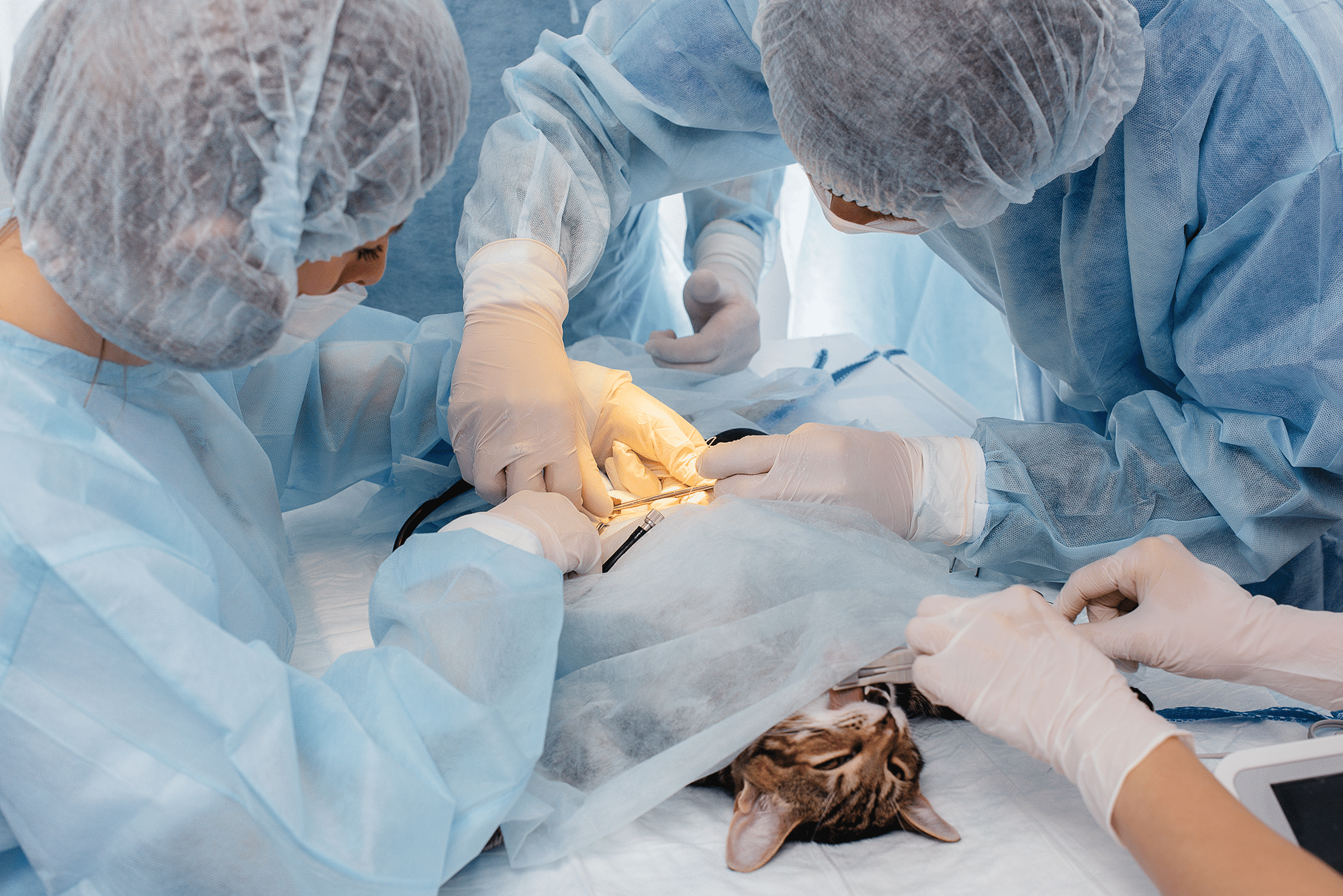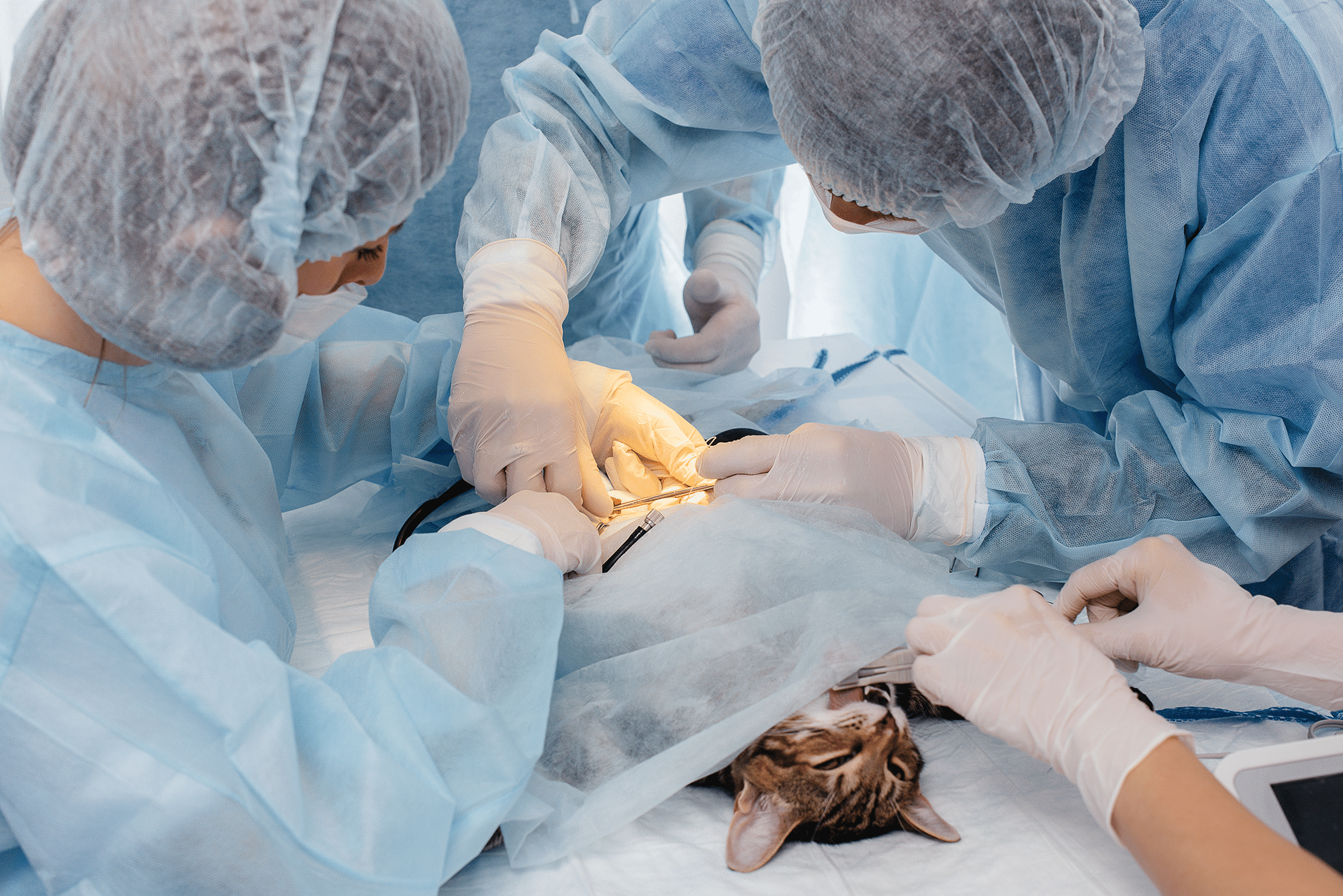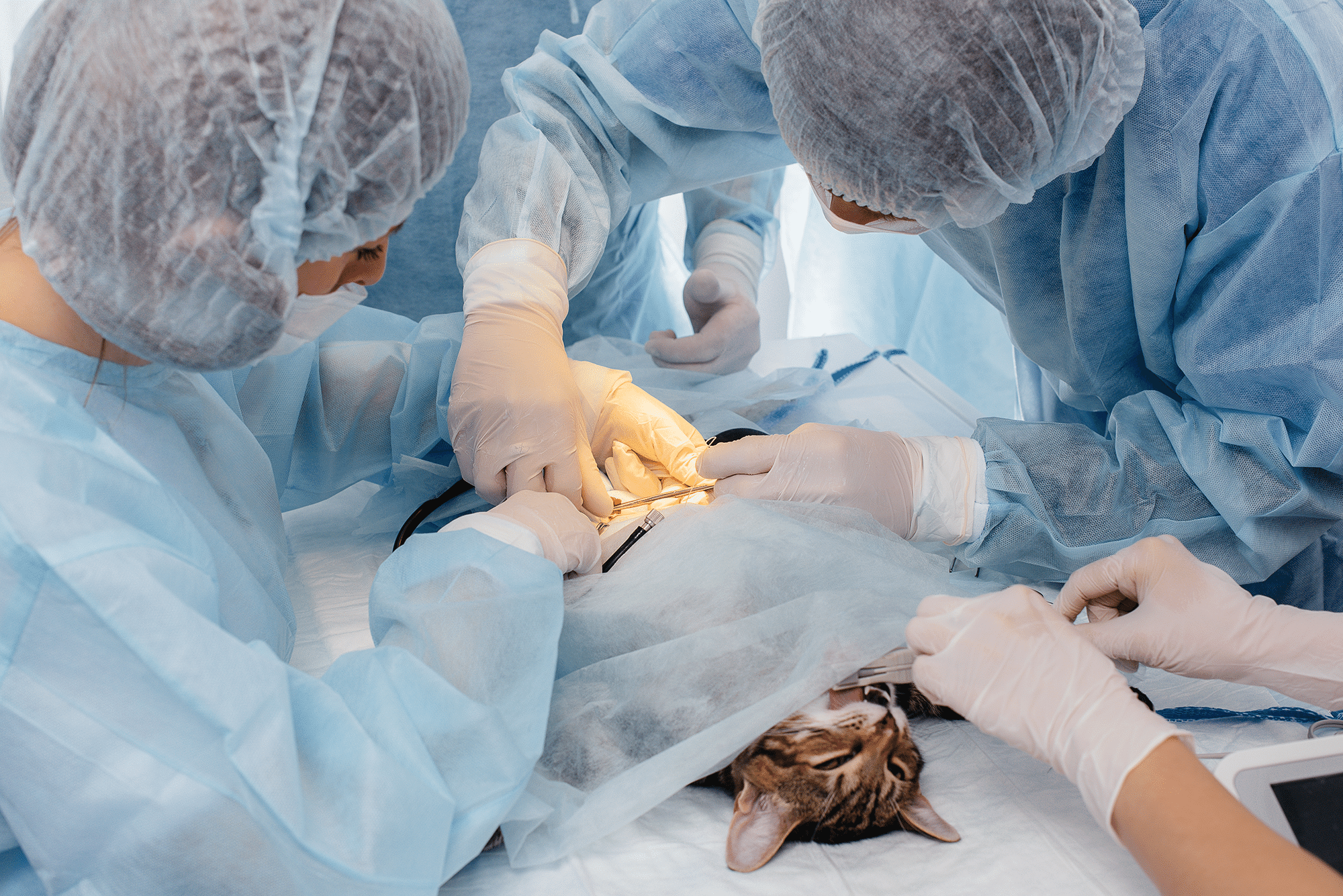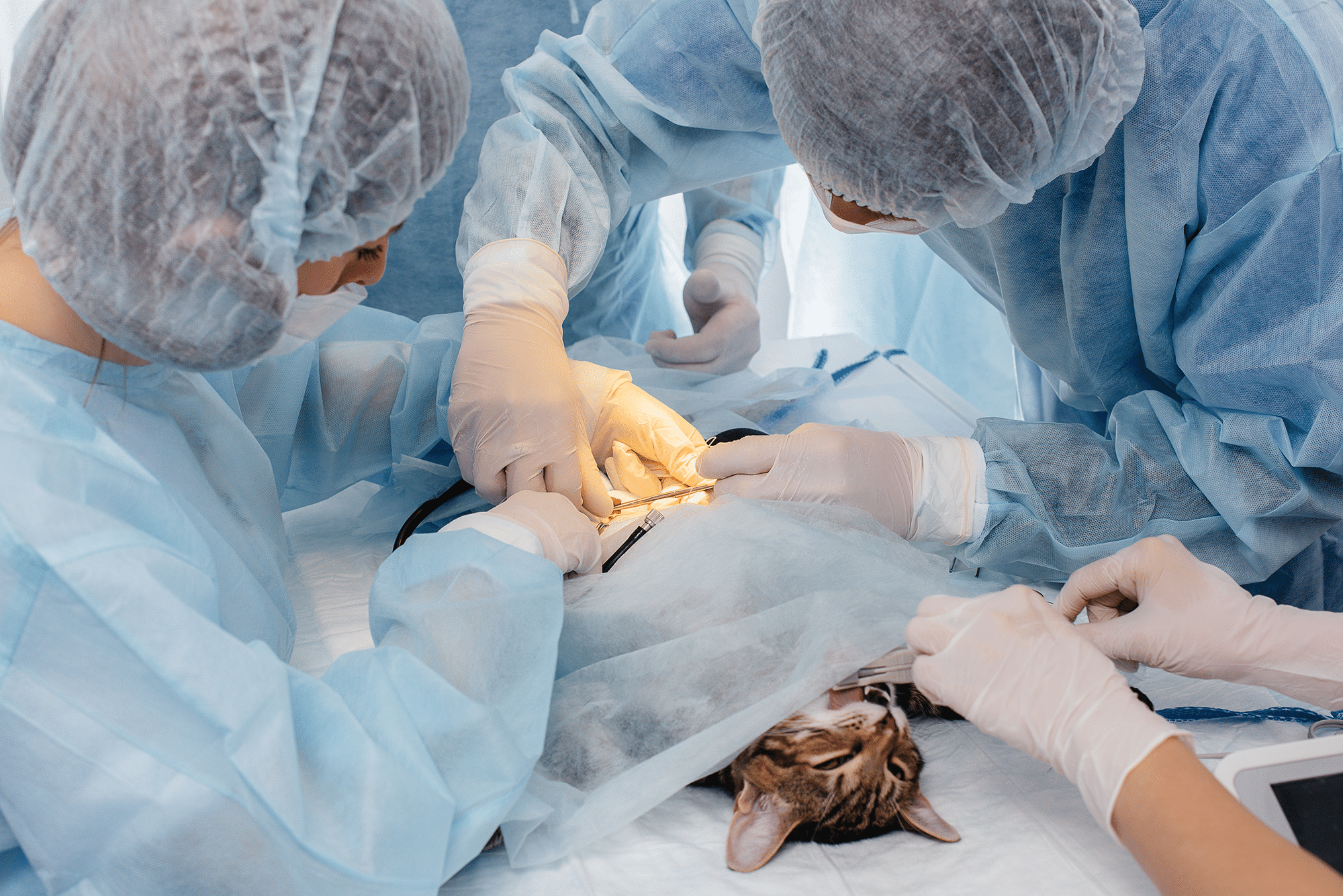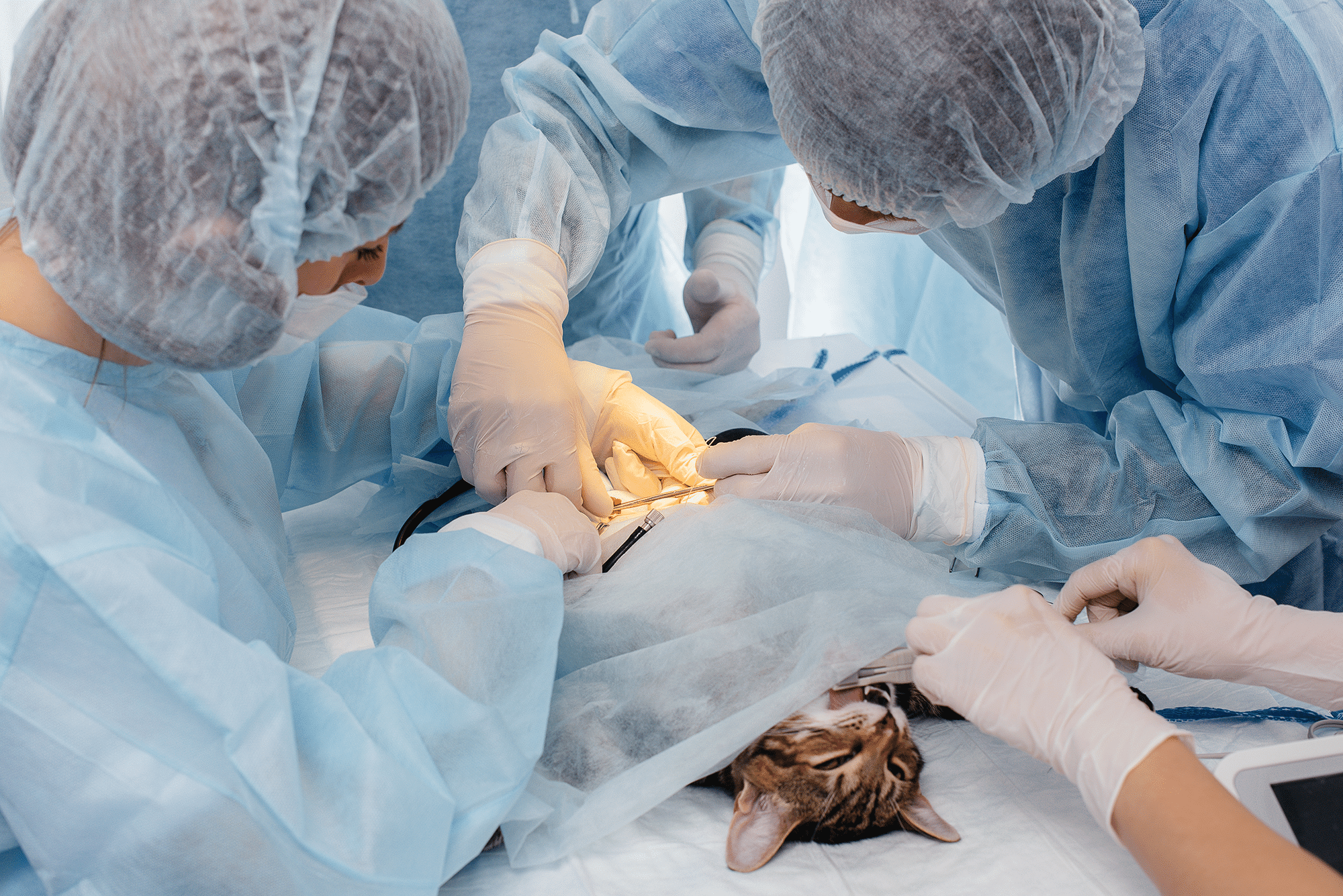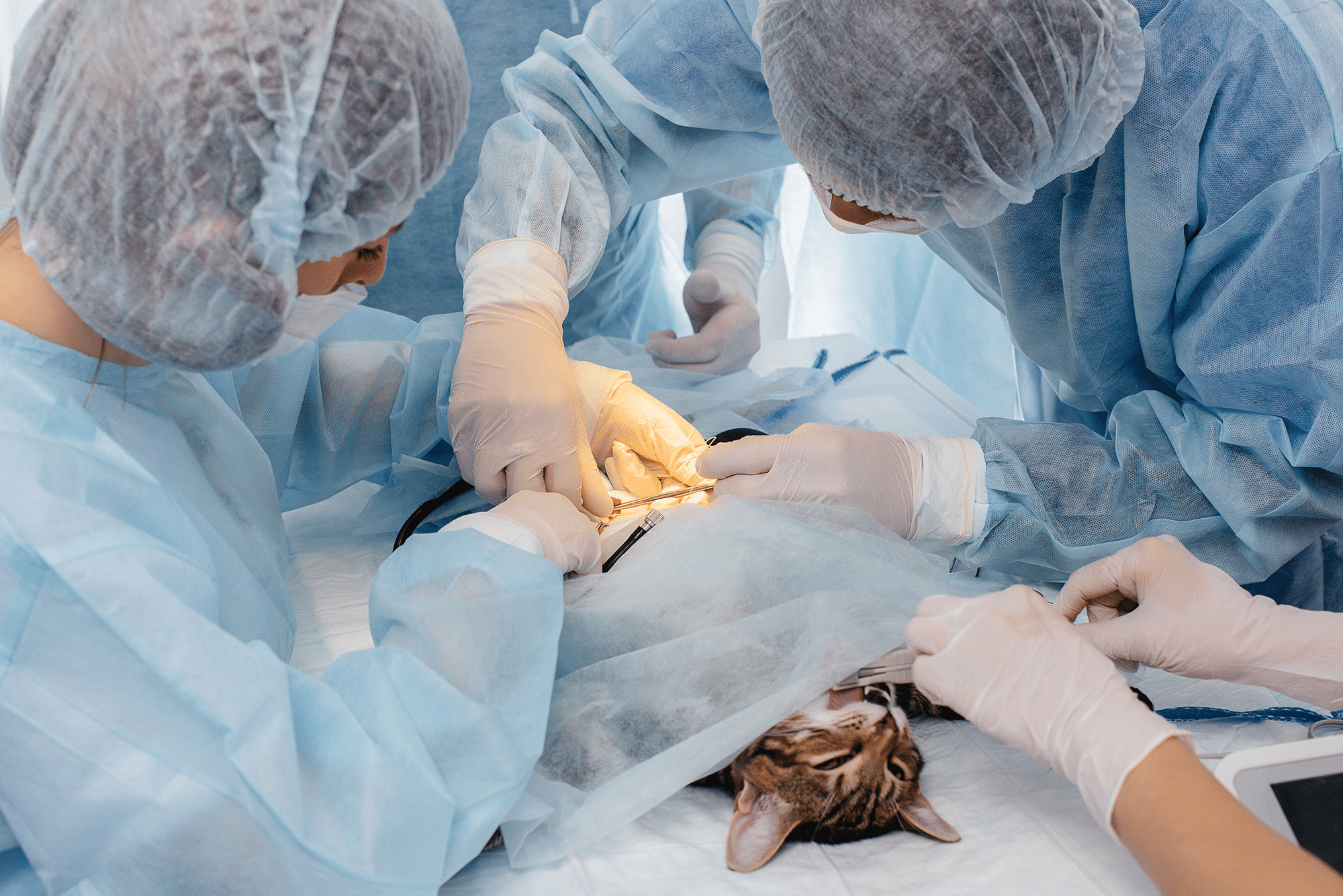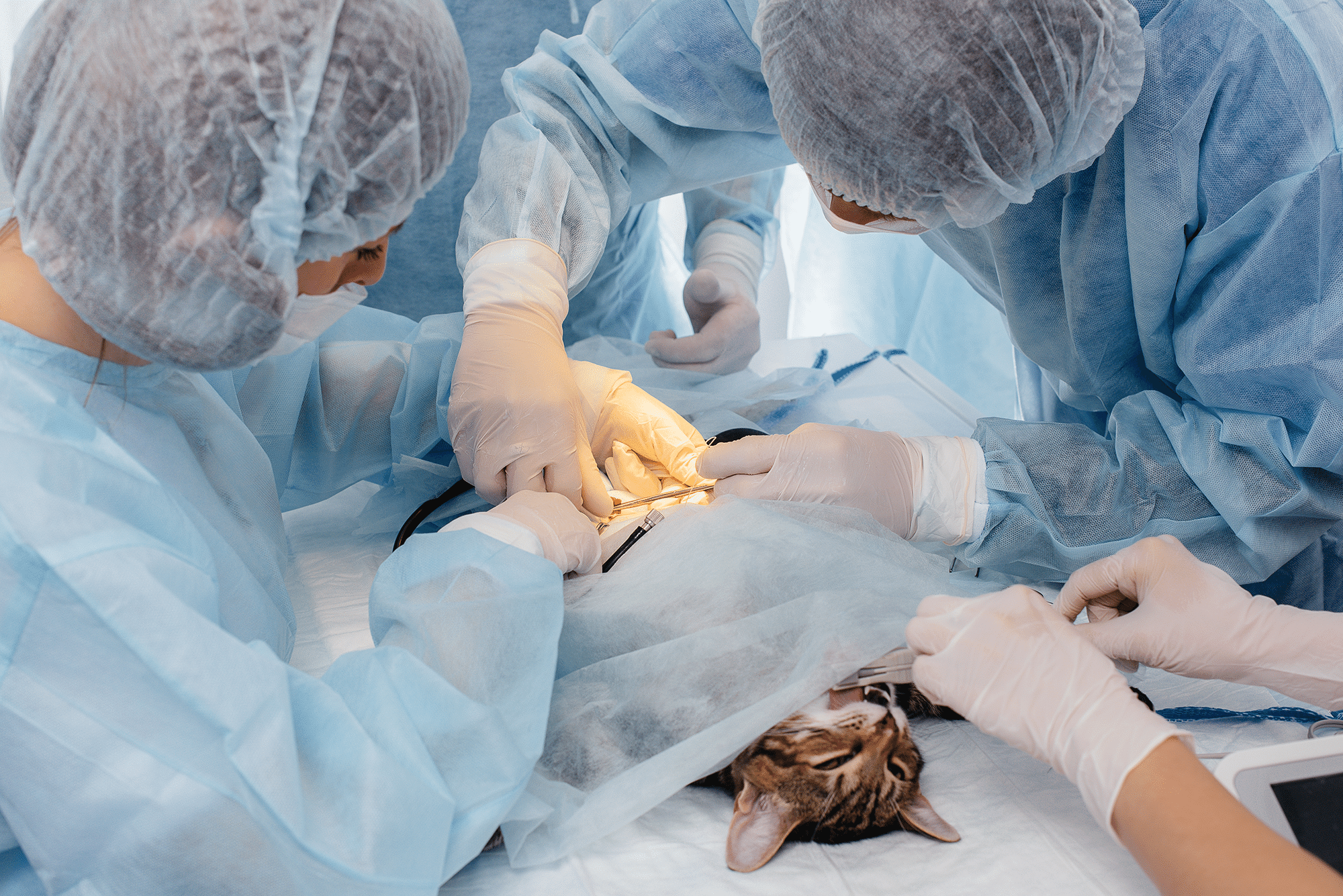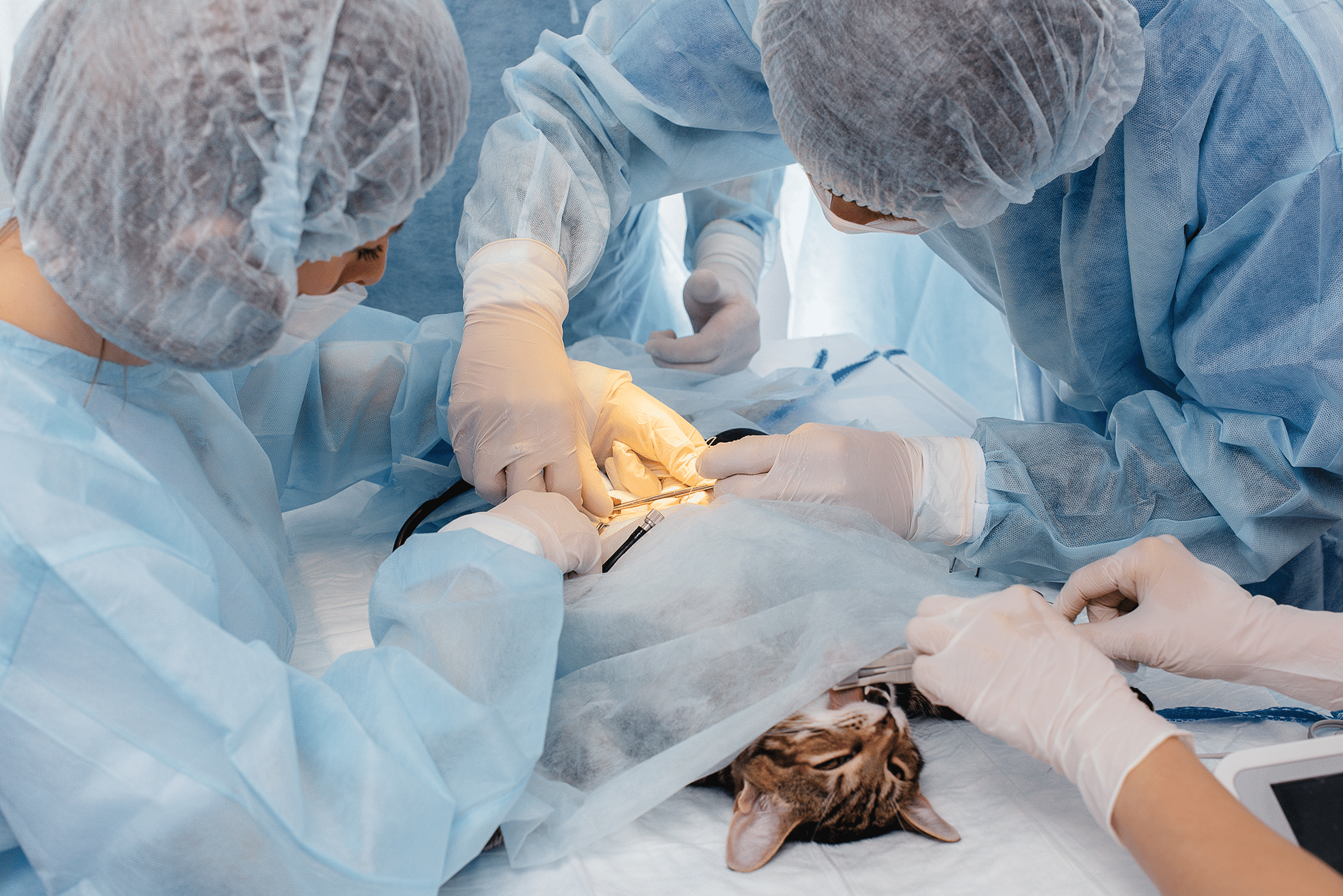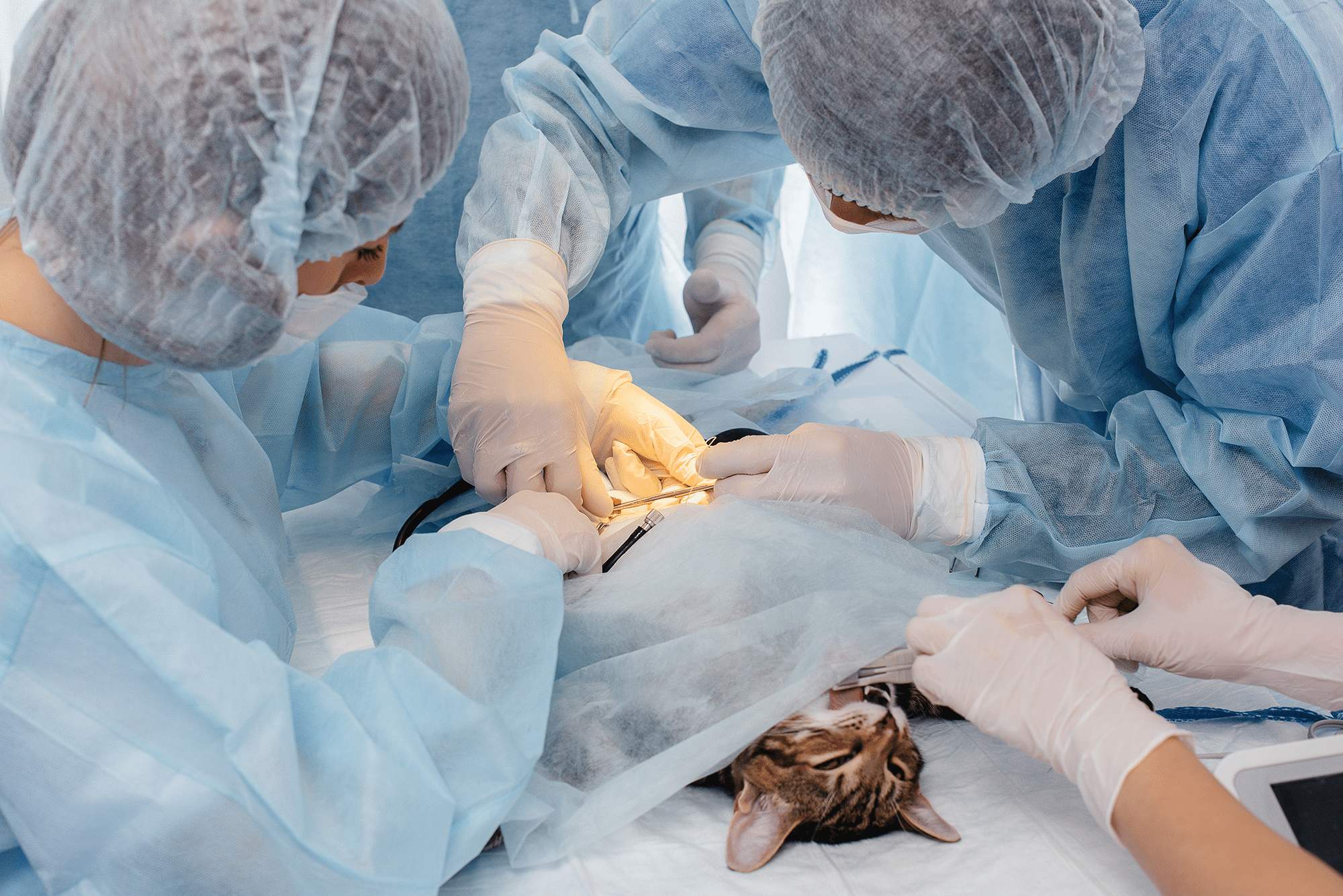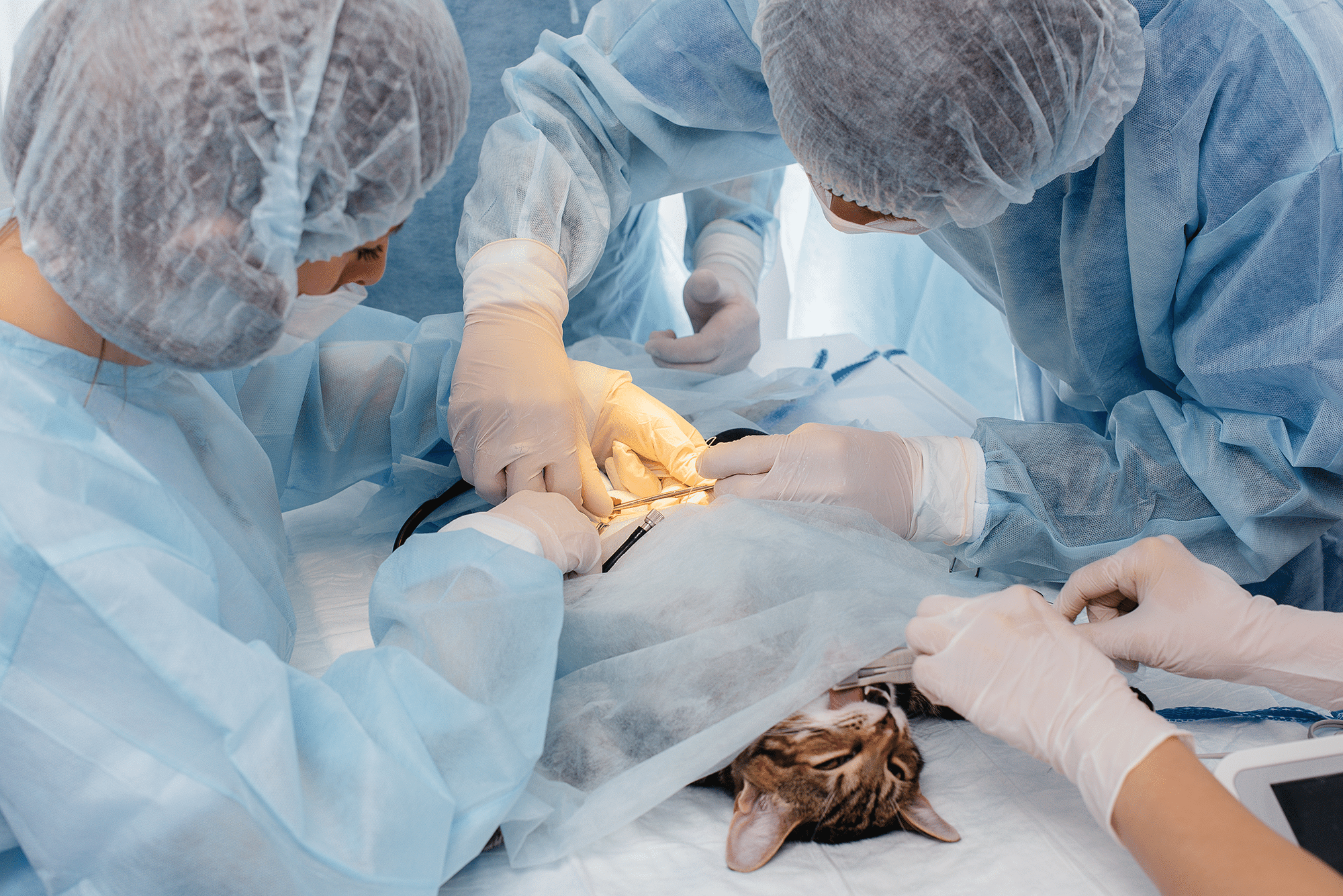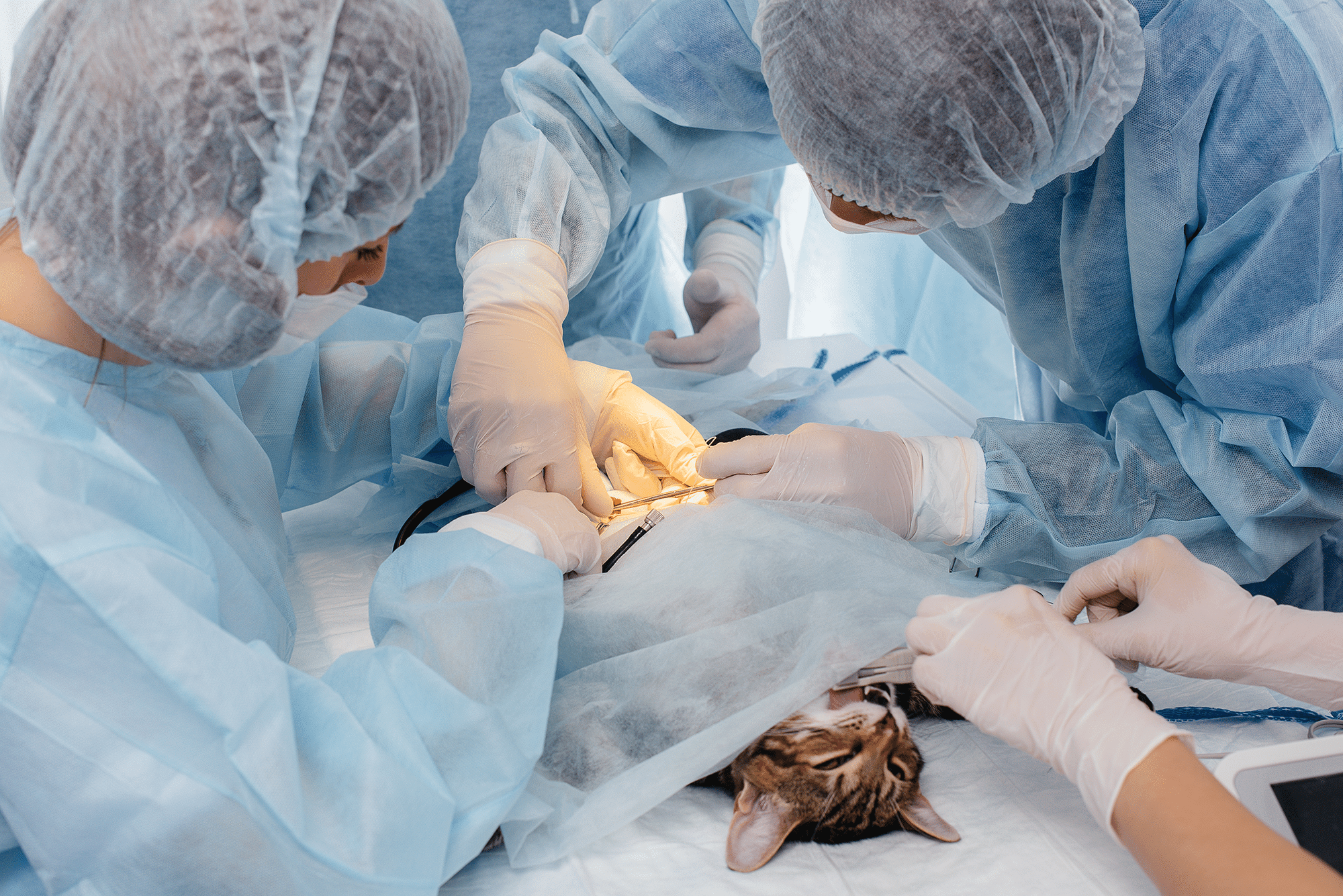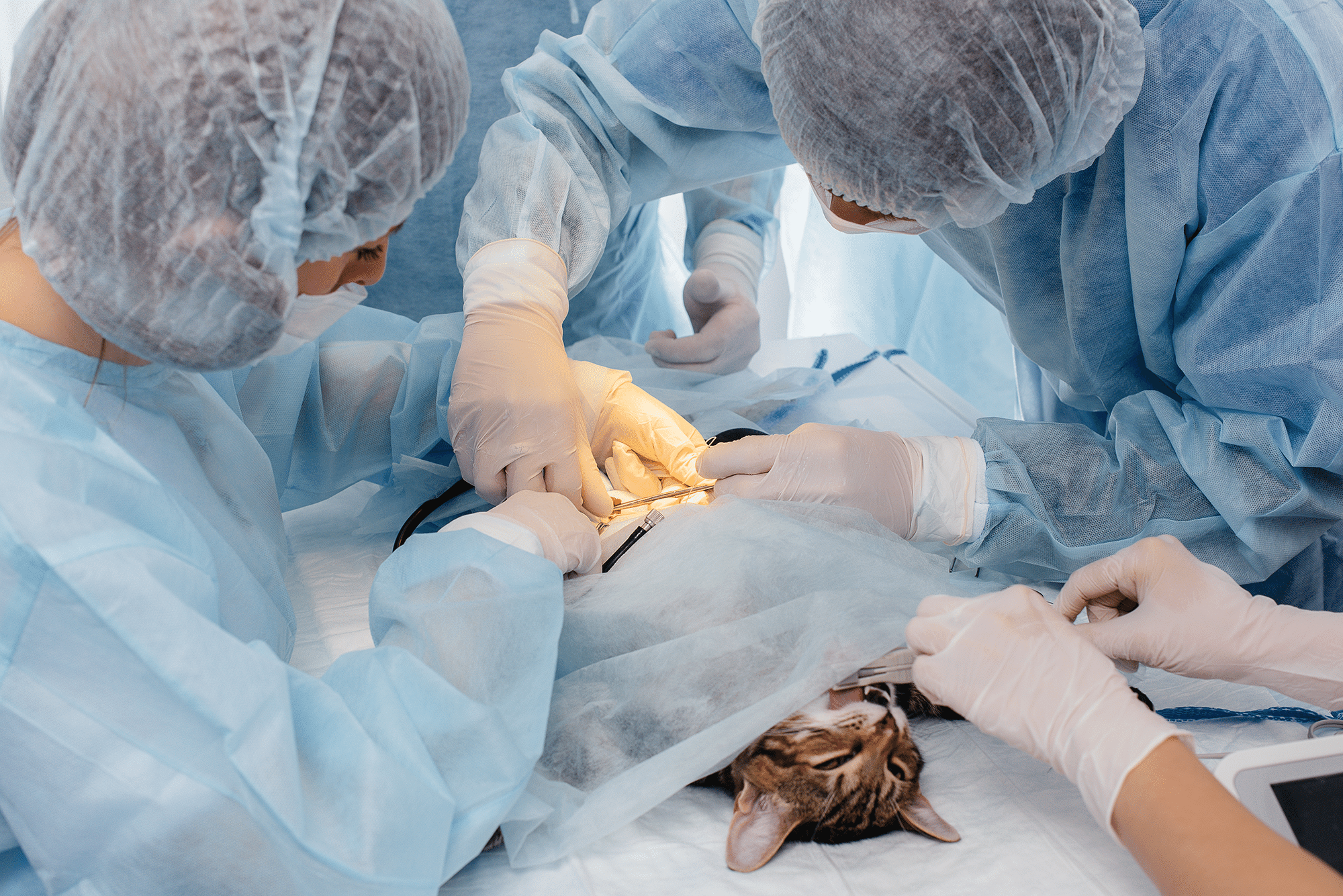Veterinary practices face unique risks when handling, storing, and administering controlled drugs. From Schedule 2 opi…
Veterinary Emergency Surgery Insurance: Essential Protection for Critical Care Practices
Veterinary emergency surgery represents one of the highest-risk areas in veterinary practice, where split-second decisions can mean the difference between life and death for animal patients. Emergency veterinary surgeons face unique challenges that standard veterinary insurance policies often fail to address adequately. Understanding the specialized insurance needs of emergency surgical practices is crucial for protecting both your business and your ability to provide life-saving care.
Understanding Veterinary Emergency Surgery Risks
Emergency veterinary surgery carries inherent risks that distinguish it from routine veterinary care. Unlike scheduled procedures, emergency surgeries often involve critically ill or injured animals where outcomes are uncertain, owners are emotionally distressed, and decisions must be made rapidly under pressure.
The high-stress environment of emergency surgery increases the likelihood of complications, miscommunications, and adverse outcomes. Emergency cases frequently involve animals with multiple trauma, requiring complex surgical interventions that may not guarantee success. These factors combine to create a risk profile that demands specialized insurance coverage.
Emergency surgical practices also face unique operational challenges. Equipment failures during critical procedures can have devastating consequences, while the need for 24-hour staffing increases employment-related risks. The emotional intensity of emergency situations can lead to heightened client expectations and increased potential for disputes.
Professional Indemnity Insurance for Emergency Surgeons
Professional indemnity insurance forms the cornerstone of protection for veterinary emergency surgeons. This coverage protects against claims arising from professional negligence, errors in judgment, or failure to meet expected standards of care during emergency procedures.
Emergency surgery claims often involve allegations of delayed treatment, inappropriate surgical decisions, or failure to properly inform owners of risks and alternatives. Professional indemnity insurance covers legal defense costs, compensation payments, and associated expenses when facing such claims.
The policy should specifically address emergency surgery scenarios, including coverage for decisions made under extreme time pressure, complications arising from the critical condition of patients, and situations where full diagnostic workup may not be possible before surgery. Coverage limits should reflect the potential severity of emergency surgery claims, which can be substantial given the life-or-death nature of the procedures.
Public Liability Coverage for Emergency Practices
Public liability insurance protects against claims from members of the public who suffer injury or property damage on your premises. Emergency veterinary practices face heightened public liability risks due to the emotional state of clients and the urgent nature of visits.
Distressed pet owners may be more prone to accidents in unfamiliar surroundings, particularly during nighttime emergency visits. The practice must also consider risks associated with aggressive or unpredictable animals brought in for emergency treatment, which could potentially injure other clients or visitors.
Coverage should extend to all areas of the practice, including parking areas, waiting rooms, and treatment areas where clients may be present. The policy should also address situations where emergency procedures may need to be performed in non-standard locations within the practice.
Employers Liability for Emergency Staff
Emergency veterinary practices require specialized staffing arrangements, often including overnight coverage and on-call systems. Employers liability insurance protects against claims from employees who suffer injury or illness in the course of their employment.
The 24-hour nature of emergency practice increases staff exposure to various risks, including fatigue-related incidents, exposure to dangerous chemicals and radiation, and physical injuries from handling distressed animals. Night shift workers may face additional risks due to reduced staffing levels and increased responsibility.
Coverage should address the unique working patterns of emergency practice, including protection for staff working alone during night hours, coverage for on-call arrangements, and protection against claims related to work-related stress and burnout common in high-pressure emergency environments.
Equipment and Business Interruption Protection
Emergency veterinary practices depend heavily on sophisticated equipment that must function reliably around the clock. Equipment breakdown insurance covers repair or replacement costs when critical equipment fails, while business interruption insurance protects against lost income during equipment downtime.
Critical equipment in emergency surgery includes anesthesia machines, ventilators, monitoring equipment, surgical instruments, and imaging systems. Failure of any of these during an emergency procedure could have serious consequences for patient outcomes and potential liability exposure.
Business interruption coverage should account for the unique revenue patterns of emergency practice, including higher fees charged for emergency services and the potential for significant income loss if the practice cannot accept emergency cases due to equipment failure.
Cyber Liability for Emergency Practices
Modern emergency veterinary practices rely heavily on digital systems for patient records, imaging, laboratory results, and communication with referring veterinarians. Cyber liability insurance protects against data breaches, system failures, and cyber attacks that could compromise patient information or disrupt emergency services.
Emergency practices are particularly vulnerable to cyber incidents because they cannot afford system downtime when treating critical cases. A cyber attack or system failure during an emergency procedure could have serious consequences for patient care and practice liability.
Coverage should include protection against data breach notification costs, credit monitoring for affected clients, business interruption due to cyber incidents, and cyber extortion attempts. The policy should also address the unique data sharing requirements of emergency practice, including secure transmission of patient information to referring veterinarians.
Premises and Contents Insurance Considerations
Emergency veterinary practices require specialized premises insurance that addresses the unique risks of 24-hour operation. This includes protection against break-ins during overnight hours, fire damage from electrical equipment operating continuously, and flood damage that could affect basement-level facilities common in emergency practices.
Contents insurance must cover the high value of specialized emergency equipment, including portable equipment that may be moved between treatment areas. The policy should address the replacement cost of equipment that may need to be upgraded to current standards rather than simply repaired.
Coverage should also extend to stock and supplies, including expensive emergency medications and surgical supplies that may have limited shelf life. The policy should address the unique storage requirements for emergency supplies, including refrigerated medications and controlled substances.
Clinical Trials and Research Coverage
Many emergency veterinary practices participate in clinical trials or research studies involving new treatments or procedures. This activity requires additional insurance coverage to protect against claims arising from experimental treatments or research protocols.
Research coverage should address informed consent issues specific to emergency situations where owners may need to make rapid decisions about experimental treatments. The policy should also cover potential complications arising from investigational procedures or medications.
Coverage should extend to data collection and analysis activities associated with research, including protection against claims related to patient privacy or data security in research contexts.
Regulatory and Compliance Protection
Emergency veterinary practices face complex regulatory requirements from multiple authorities, including veterinary licensing boards, controlled substance agencies, and occupational safety regulators. Regulatory defense insurance covers the costs of responding to regulatory investigations and defending against disciplinary actions.
Emergency practices may face increased regulatory scrutiny due to the high-risk nature of their work and the potential for adverse outcomes. Coverage should address the costs of legal representation during regulatory proceedings, expert witness fees, and potential fines or penalties.
The policy should also cover compliance consulting services to help practices maintain current regulatory standards and implement best practices for emergency care protocols.
Choosing the Right Insurance Provider
Selecting an insurance provider for veterinary emergency surgery requires careful consideration of their experience with veterinary risks and understanding of emergency practice operations. The provider should offer policies specifically designed for veterinary practices rather than generic professional liability coverage.
Look for insurers who provide risk management resources, including training materials, safety protocols, and consultation services specific to emergency veterinary practice. The provider should also offer claims support services that understand the unique pressures of emergency practice and can provide rapid response when needed.
Consider the insurer's financial stability and reputation within the veterinary community. Emergency practices cannot afford coverage gaps or delays in claims handling that could affect their ability to continue providing critical services.
Risk Management Best Practices
Effective risk management is essential for controlling insurance costs and reducing liability exposure in emergency veterinary practice. This includes implementing standardized protocols for emergency procedures, maintaining detailed documentation of all treatments and client communications, and providing ongoing training for staff on emergency procedures and safety protocols.
Regular equipment maintenance and calibration programs help prevent equipment failures that could lead to adverse outcomes or business interruption. Emergency practices should also maintain backup systems and contingency plans for critical equipment failures.
Client communication protocols are particularly important in emergency situations where emotions run high and decisions must be made quickly. Clear documentation of informed consent discussions, treatment options presented, and client decisions helps protect against future claims.
Cost Factors and Coverage Limits
Insurance costs for veterinary emergency surgery practices vary based on factors including practice size, case volume, types of procedures performed, claims history, and risk management practices. Emergency practices typically pay higher premiums than general practice due to increased risk exposure.
Coverage limits should be carefully evaluated based on the practice's risk exposure and financial resources. Emergency surgery claims can be substantial, particularly in cases involving valuable animals or allegations of gross negligence. Consider umbrella coverage to provide additional protection beyond primary policy limits.
Deductibles and self-insured retentions should be balanced against premium costs and cash flow considerations. Higher deductibles can reduce premiums but require the practice to absorb more of the initial costs of claims.
Claims Management and Response
When facing a potential claim, emergency veterinary practices should notify their insurance carrier immediately and avoid making any admissions of fault or liability. Detailed documentation of the incident, including medical records, witness statements, and photographic evidence, should be preserved.
The emotional nature of emergency cases can lead to highly charged situations with grieving pet owners. Professional claims handling by experienced insurance representatives can help defuse tensions and work toward fair resolutions while protecting the practice's interests.
Emergency practices should work with their insurance carrier to develop incident response protocols that address immediate patient care needs while protecting against potential liability exposure. This includes guidelines for communicating with clients after adverse outcomes and coordinating with referring veterinarians.
Conclusion
Veterinary emergency surgery insurance requires specialized coverage that addresses the unique risks and challenges of providing critical care to animal patients. From professional indemnity protection against complex surgical claims to cyber liability coverage for digital systems, emergency practices need comprehensive insurance programs tailored to their specific needs.
Working with experienced insurance providers who understand veterinary emergency practice is essential for obtaining appropriate coverage at reasonable costs. Combined with effective risk management practices and proper claims handling procedures, comprehensive insurance protection enables emergency veterinary surgeons to focus on what they do best – saving animal lives when every second counts.
The investment in proper insurance coverage pays dividends not only in financial protection but also in peace of mind, allowing emergency veterinary professionals to practice with confidence knowing they have the protection they need to weather the storms that inevitably arise in high-stakes emergency medicine.


 0330 127 2333
0330 127 2333
